Oran Knowlson in the UK has become the world’s first patient to trial a new device implanted in the skull for his severe epilepsy. The neurostimulator, which transmits electrical signals deep into his brain, has reduced his daytime seizures by 80 per cent read more
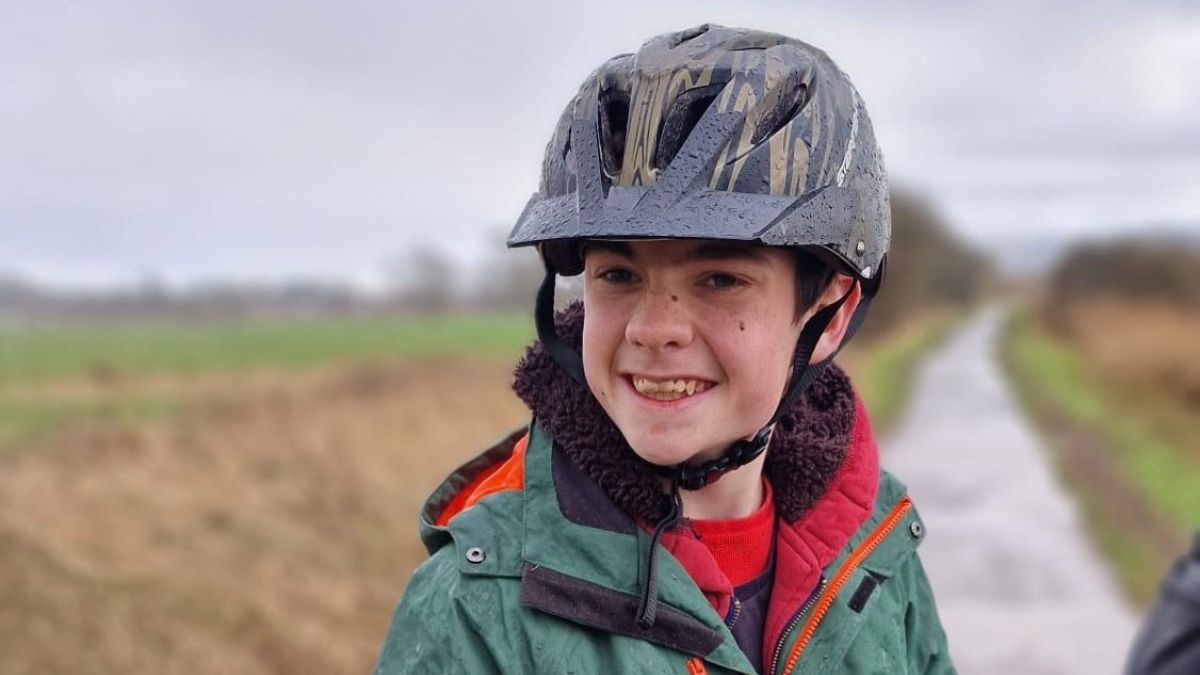)
Thirteen-year-old Oran has made history as the first patient in the UK to participate in a clinical trial using deep brain stimulation (DBS) to treat epilepsy. gosh.nhs.uk
A groundbreaking advancement in the treatment of severe epilepsy has been made with the successful implantation of a brain device in a UK teenager, Oran Knowlson. This neurostimulator, developed by Amber Therapeutics, sends electrical signals deep into the brain to control seizures.
Knowlson, who has Lennox-Gastaut syndrome, a treatment-resistant form of epilepsy, has seen an 80 per cent reduction in his daytime seizures since receiving the device.
How was the treatment conducted?
The surgery, performed at Great Ormond Street Hospital (GOSH) in London as part of a trial in partnership with University College London, King’s College Hospital, and the University of Oxford, involved inserting two electrodes deep into Knowlson’s brain, reaching the thalamus.
The electrodes were connected to the neurostimulator, a 3.5cm square and 0.6cm thick device placed under his skull and anchored with screws. This device, recharged through wearable headphones, delivers constant mild electrical stimulation to block the pathways that allow seizures to take hold.
The surgery, which lasted around eight hours, was a meticulous process. The electrodes needed to be placed with a precision of less than a millimeter. The margin of error for the lead placement was minimal, ensuring the device could effectively disrupt the abnormal electrical activity in Knowlson’s brain that triggers seizures.
This approach to deep brain stimulation (DBS) has been attempted before, but the innovation lies in the placement of the neurostimulator directly in the skull rather than the chest, reducing potential complications such as infections and device failure.
How did Knowlson and family react?
Knowlson’s journey with epilepsy began at the age of three. His mother, Justine, described how epilepsy dominated his life, robbing him of his childhood.
Before the surgery, Knowlson experienced daily seizures, sometimes hundreds in a day, often losing consciousness and needing resuscitation. He required round-the-clock care and faced a significantly increased risk of sudden unexpected death in epilepsy (SUDEP).
The impact of the neurostimulator on Knowlson’s life has been profound. “The future looks hopeful, which I wouldn’t have dreamed of saying six months ago,” said Justine. Since the surgery, Knowlson has been happier, more engaged, and has regained a better quality of life.
“He’s a lot more chatty, he’s more engaged. He’s turned 13 and I definitely now have a teenager – he’s happy to tell me no. But that adds to his quality of life when he can express himself better.”
Consultant Paediatric Neurosurgeon Martin Tisdall, who led the surgical team, expressed his delight at the outcome. “For Knowlson and his family, epilepsy completely changed their lives and so to see him riding a horse and getting his independence back is absolutely astounding. We couldn’t be happier to be part of their journey.”
What is the significance of this feat?
Tisdall highlighted the significance of this advancement: “Deep brain stimulation brings us closer than ever before to stopping epileptic seizures for patients who have very limited effective treatment options. We are excited to build the evidence base to demonstrate the ability of deep brain stimulation to treat pediatric epilepsy and hope in years to come it will be a standard treatment we can offer.”
The trial, known as the Children’s Adaptive Deep Brain Stimulation for Epilepsy Trial (CADET), will now recruit three additional patients with Lennox-Gastaut syndrome, aiming for a total of 22 participants. The next phase of the trial will involve making the neurostimulator responsive to real-time changes in brain activity to block seizures as they are about to happen.
The success of this trial has given hope to Knowlson’s family and many others affected by severe epilepsy. Justine expressed her excitement about the future: “The Great Ormond Street team gave us hope back…now the future looks brighter.” While acknowledging that the treatment is not a cure, Knowlson’s family is optimistic that he will continue to emerge from the shadow cast by his epilepsy.
This device not only represents a significant advancement for epilepsy treatment but also holds promise for other neurological disorders. The Picostim neurostimulator has already been used to treat patients with Parkinson’s disease, and similar skull-mounted neurostimulators have been trialed in the United States for epilepsy.
With inputs from agencies

 2 months ago
23
2 months ago
23

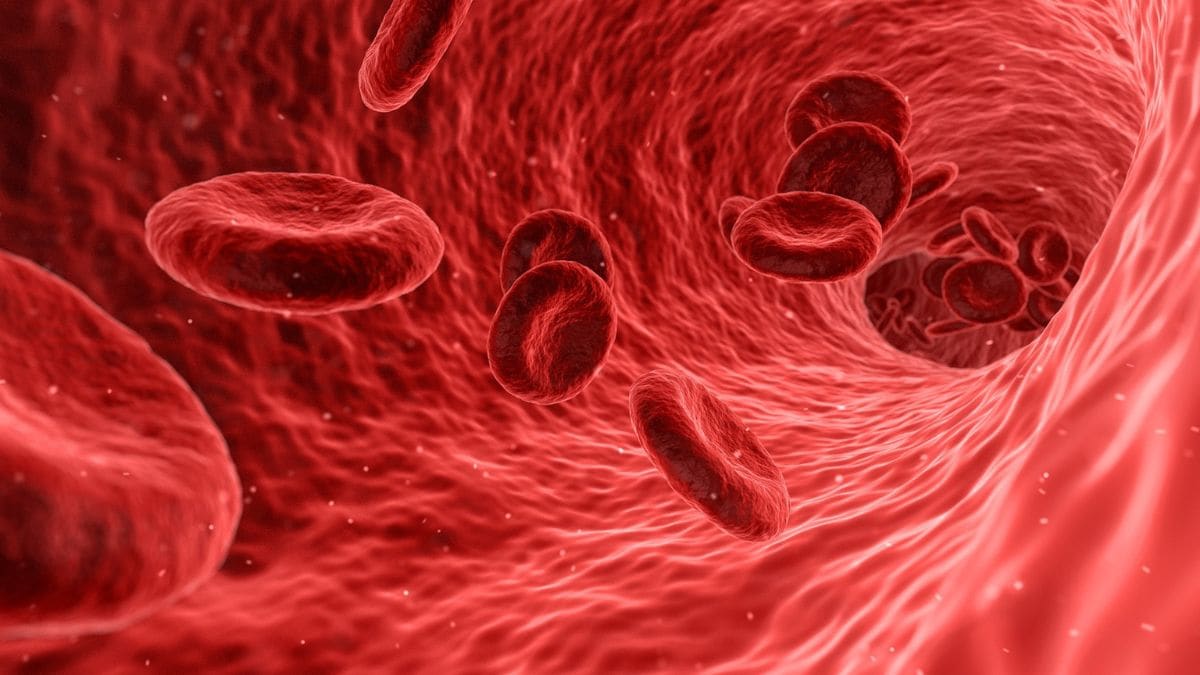
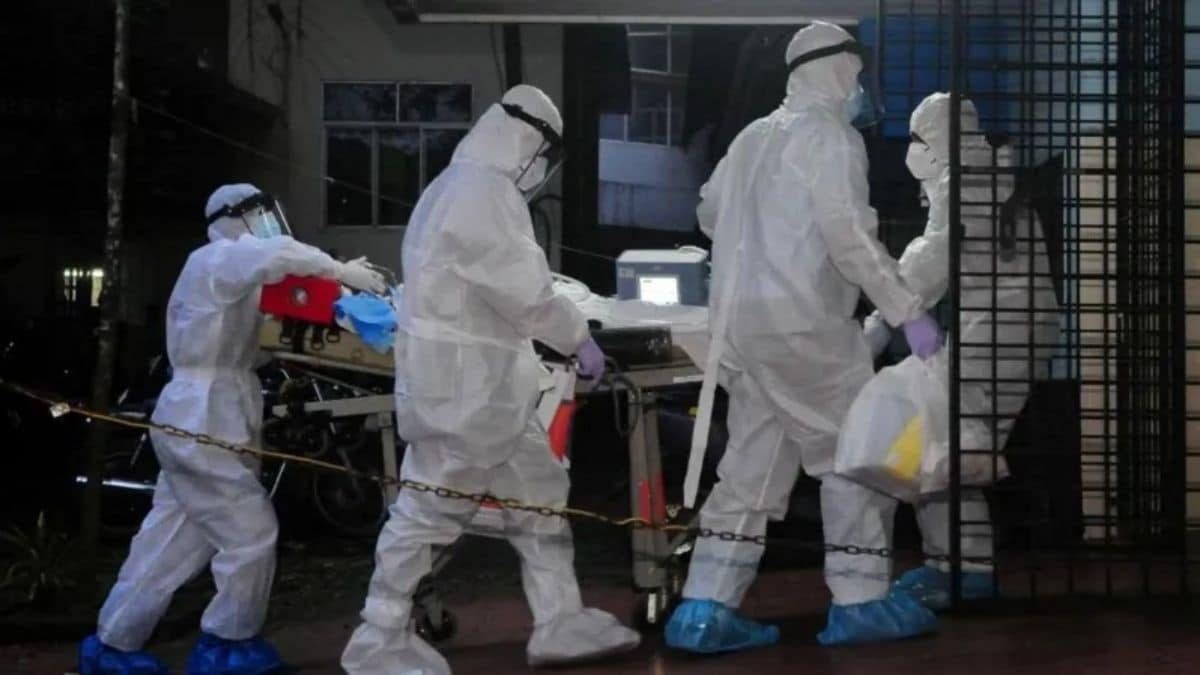
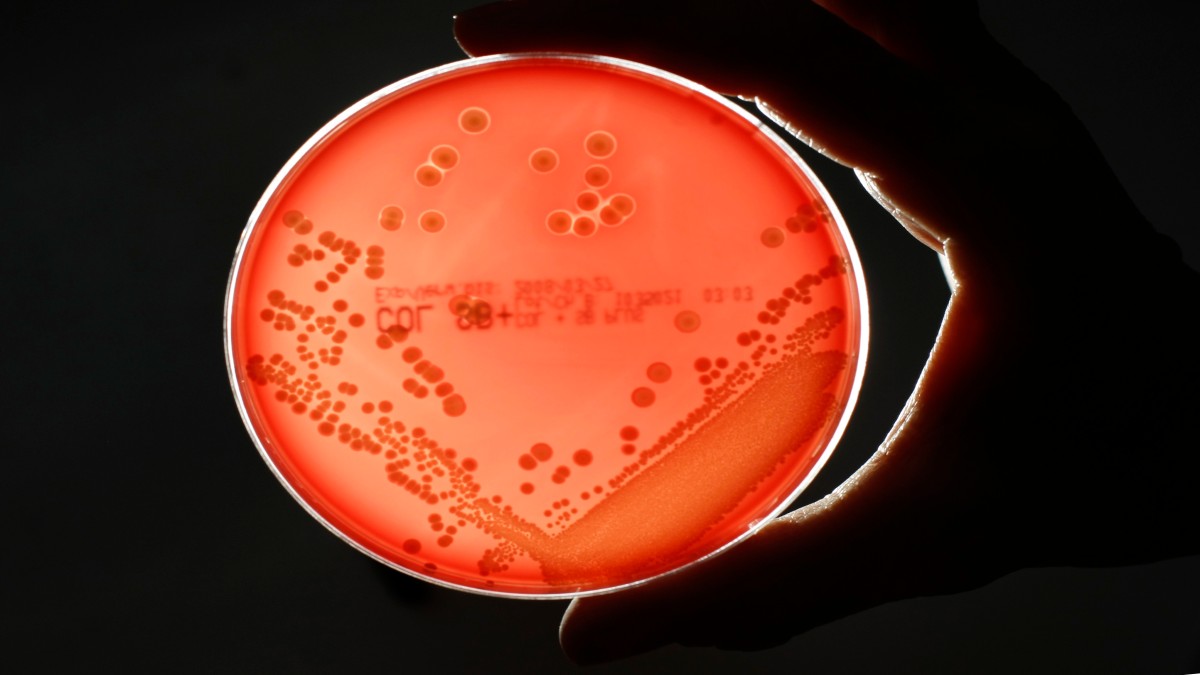





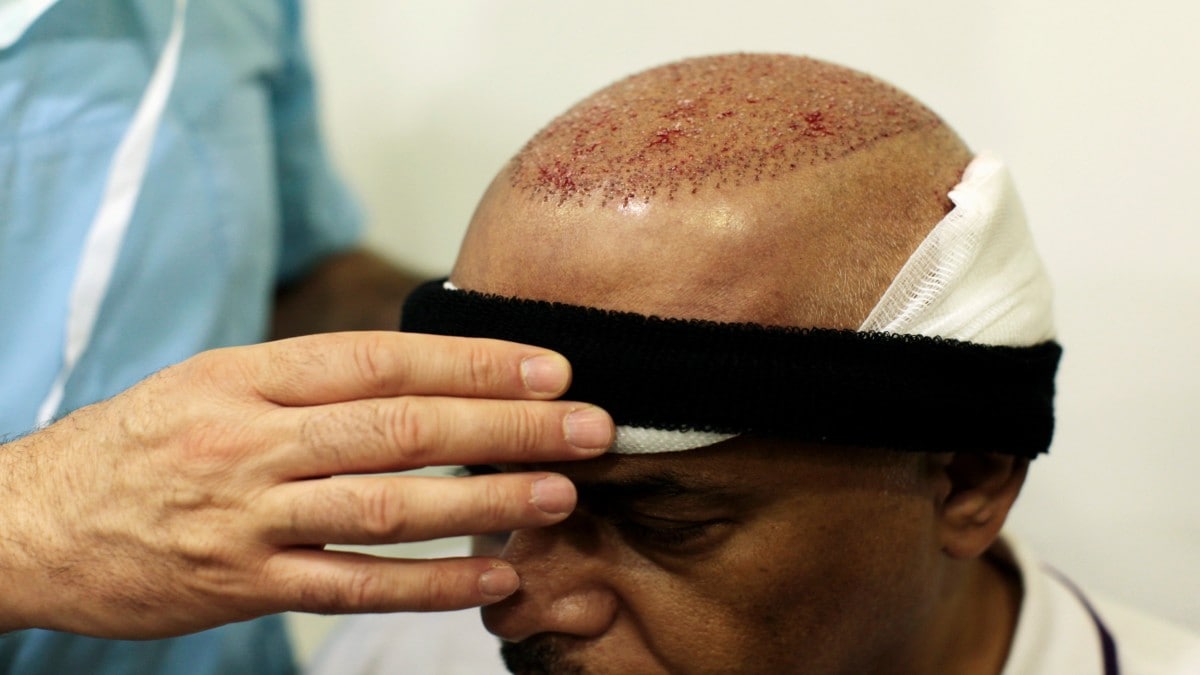
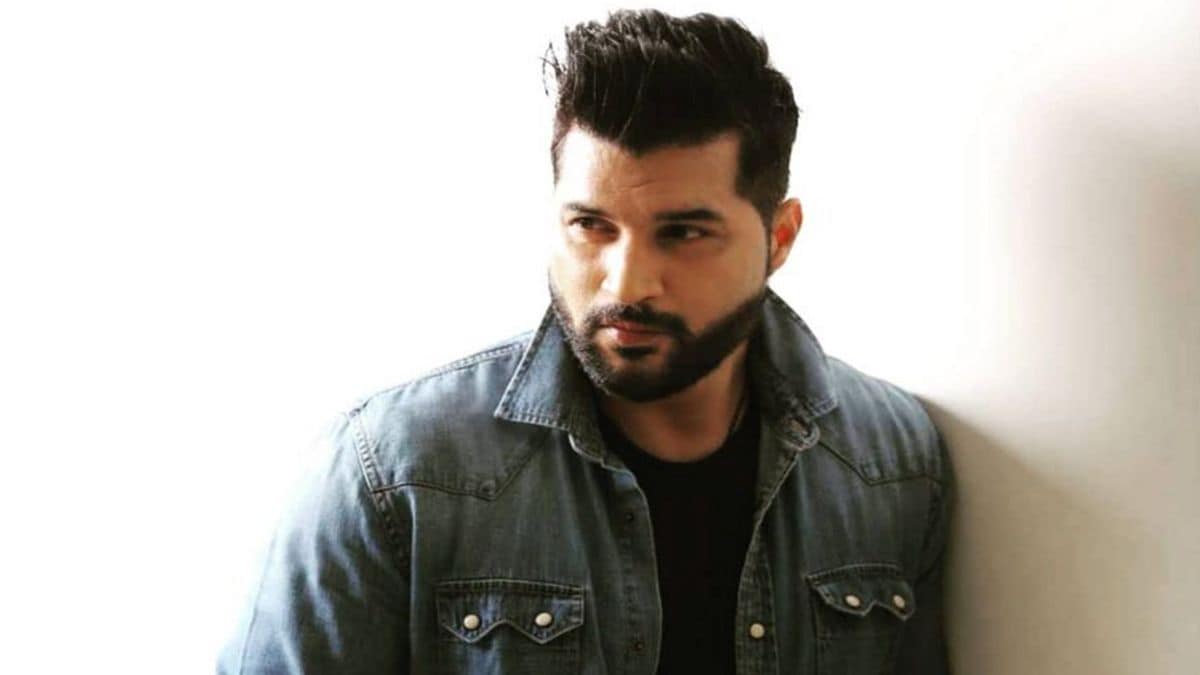




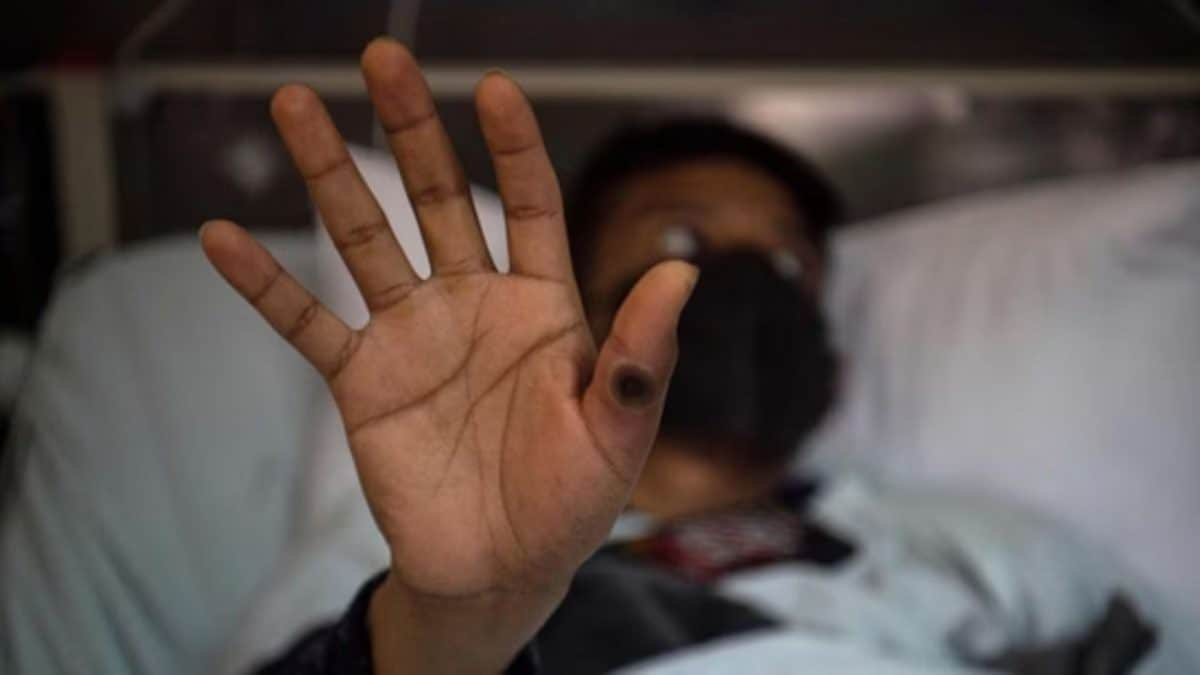
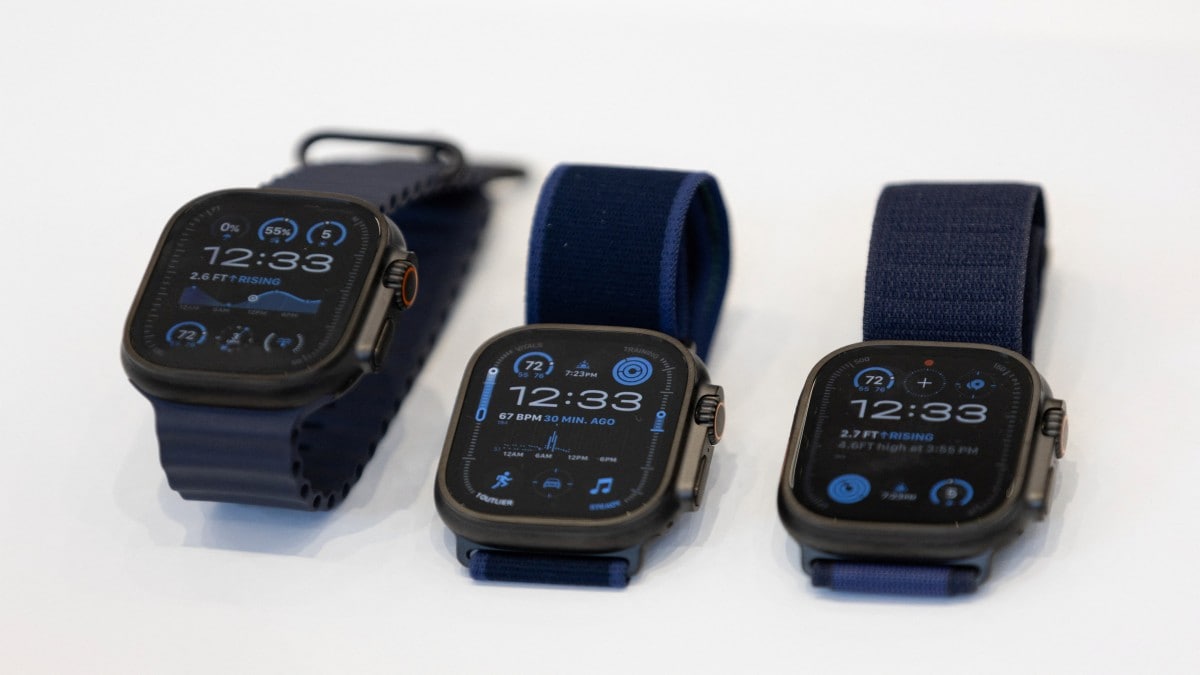

)
)
)
)
)
)
)
 English (US) ·
English (US) ·